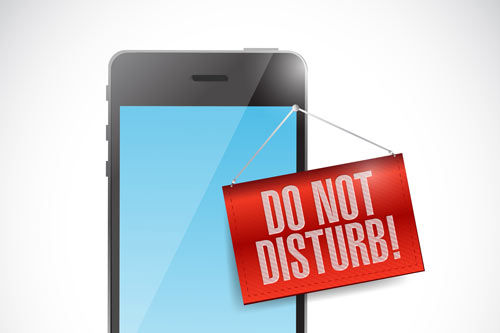More than a quarter of an employee’s workday is consumed with reading and responding to e-mail, according to a study conducted by the McKinsey Global Institute (MGI).

E-mail notifications and mobile connectivity have left many professionals feeling as though they must read every e-mail as soon as it comes through—a practice that cuts into a worker’s productivity throughout the day.
But this constant connectivity can have a negative impact on your business—pulling employees out of conversations with associates and clients and leaving your team members feeling burned out. By making a few small changes to your e-mail, you can become more productive and provide better service to your client base. Once you’ve mastered these habits, you can suggest them to your workers to make them more productive, as well.
Set Time Limits
Time management consultant Tim Ferris recommends checking e-mail only twice per day. This is important because it helps you focus on getting your tasks done. If you’re spending your day shifting back and forth between the work on your screen and your mounting inbox, chances are you aren’t accomplishing much. Twice per day may not be reasonable for you, but even if you limit e-mail time to once or twice per hour, you’ll be surprised how much you’ll get done. To avoid temptation, exit out of your e-mail notification program and turn off the e-mail notification feature on your phone.
Organize Your Inbox
Whether you’re using Outlook or web-based e-mail, you likely have the option of creating folders for storing e-mails. Create folders that relate to your action items and sort these items as you first see them. Folder titles like “Urgent,” “Important,” and “As Time Permits” might help you isolate those items that must be dealt with immediately.

Use Do Not Disturb
As you’re heading into meetings, use the “Do Not Disturb” feature on your phone. If an associate has been instructed to contact you in the event of an emergency, make sure calls from that number can get through. This will allow you to be fully involved in the meeting with the knowledge that you’ll give anything new that comes in your full attention once you’re back at your desk.
Stop Sending Thank Yous
Netiquette experts recommend always sending a “thank you” in response to help someone has provided. Some professionals fall on the other side, advising workers to hold back those “thank you” notices to help cut down on the number of e-mails piling up in inboxes. In general, if someone has gone above and beyond, a thank you is polite, but if you’re sending “Thanks” every time you’ve completed a general task, you may be presenting yourself as a nuisance.
Institute a Shortened E-Mail Policy
In the past year, several professionals have begun to include these words at the bottom of all e-mails: “To save your time and mine, I’m limiting all my responses to five sentences or less.” While the practice has yet to go viral, it reinforces in every piece of e-mail correspondence that short e-mails are always better. Chances are, by including these words and keeping your e-mails concise, you’ll find your associates soon become more conscientious of their own e-mail lengths.
There are only so many hours in a day and, if you’re like most professionals, you can’t afford to waste even one of them. If you’re spending more than a quarter of your day dealing with e-mail communications, chances are you’re slowing yourself down. Make a habit of checking out of your e-mail programs for stretches of time throughout the day and note how it improves your productivity.
About the Author: Kirill Bensonoff is a founding partner at ComputerSupport.com, where he assists corporations all over the country with their IT needs.


